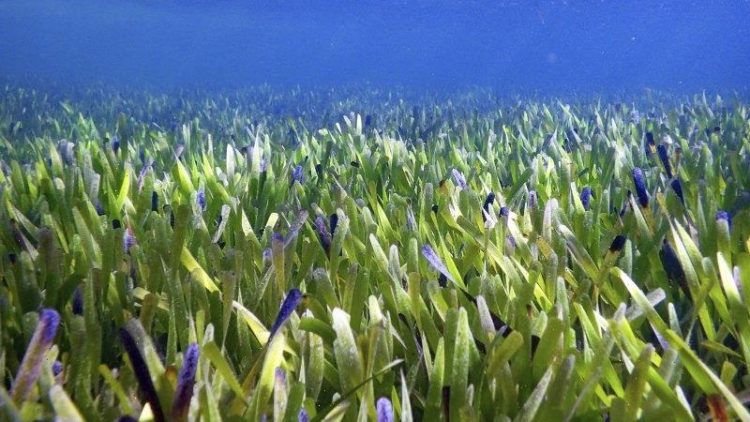A team of scientists recently announced that a giant meadow of seagrass covering an area three times the size of Manhattan consists of clones of the same exact plant, making it the world’s largest plant.
Elizabeth Sinclair, a senior research fellow at the School of Biological Sciences and Oceans Institute at The University of Western Australia, and her team had been studying cool water seagrasses in southern Australia for a while, hoping to understand more about their genetic diversity. They took samples from 10 locations across a giant seagrass meadow in Shark Bay in 2012 and 2019, but when they sequenced DNA from the samples, they were shocked to find that it was the same plant.

“We often get asked how many different plants are growing in a seagrass meadow. Here we used genetic tools to answer it,” Sinclair said. “The answer definitely surprised us — just ONE! That’s it, just one plant has expanded over 180 km in Shark Bay, making it the largest known plant on Earth.”
Technically, this isn’t just one large plant, but millions. However, they are all clones of a single plant that grew from a single seed over 4,500 years ago. It has since been spreading at an average rate of 35 centimeters per year, and now covers about 200 square kilometers (77 square miles).
In a study published in the journal Proceedings of the Royal Society B, researchers also note that the new world’s largest plant seems to be extremely resilient as well. It has somehow managed to adapt to conditions that would be considered extremely stressful for most plants.
“It appears to be really resilient, experiencing a wide range of temperatures and salinities plus extreme high light conditions, which together would typically be highly stressful for most plants,” said Dr Elizabeth Sinclair.
Interestingly, at approximately 4,500 years of age, the world’s largest plant is definitely ancient, but for seagrass it’s not particularly old. A Posidonia Oceanica plant in the Mediterranean is believed to be 100,000-years-old.
“Individual seagrass clones may persist almost indefinitely if left undisturbed, as they rely on vegetative, horizontal rhizome expansion, rather than sexual reproduction,” Dr. Sinclair said.






